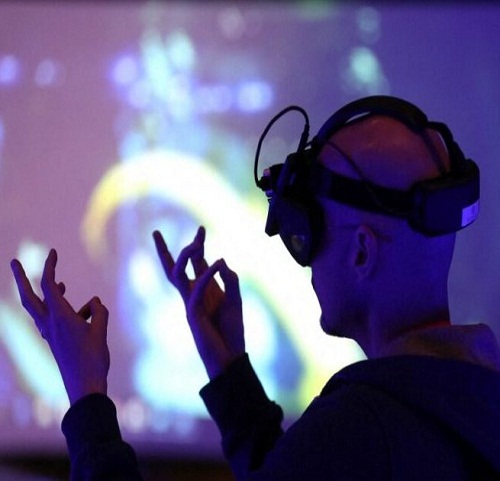Today, we’ve reached a point where the confluence of future and emerging technologies and traditional film production will forever change the way we experience and consume content. Alongside the expansion of on-demand streaming platforms and the global explosion of online gaming as a competitive industry, film nowadays have come to rely heavily on a convergence of live-action and graphically-rendered sequences, seamlessly integrated together to capture audience share.
The creation of this blend of live and generated footage is composed during virtual production. Epic Games defines virtual production as a “spectrum of computer-aided production and visualization filmmaking methods.” Epic Games is the owner of Unreal Engine, a software that forms the backbone of emerging virtual production (VP).
Whilst the concept behind VP is not exactly new (think computer generated imagery, CGI), the innovation behind the use of existing and future technologies has revolutionized the way media content is created, especially in the film industry.
VP optimizes this process by using software tools to more easily integrate computer graphics and live-action footage in real-time. As the film production process isn’t linear, collaboration can be easier as input from production teams, regardless of location, can be transmitted and worked on immediately.
Virtual Production and the technologies powering it
VP merges techniques and technologies from the film and videogame industries. Virtual reality (VR) has been around for some time, but the technology has evolved, bringing down costs. This makes VR equipment more affordable, and accessible for use in VP.
Powerful game engines like Unreal Engine and Unity work together with other software, processing data from devices such as sensors and camera tracking used with live performers. Game engines are suites of software used in game development that provide visual development capabilities within an integrated, data-driven development environment.
Technology within these software such as artificial intelligence (AI) can then render and produce the desired visual content. VR and augmented reality (AR) along with high-powered graphics renderers allow the tech and production teams to work closely together in a shared virtual environment, facilitating collaborative communication.
In addition, upcoming advancements in AI and machine learning are expected to be added to the mix as well, according to a market report by Grand View Research, to then produce high-quality, near-lifelike visual content without the need for expensive assets, in a fraction of the time spent on traditional effects-laden productions.
Virtual Production in Asia
These cost and time benefits have already seen countries such as China and Malaysia adopt whole or partial applications of virtual production in the film trade.
There is great potential for VP to flourish in China due to support from income from high consumption of Chinese media and AI sophistication. Ma Ping, deputy general manager of state-run China Film Group, is confident that VP and AI technology adoption can help producers cut costs by 50-70%.
“Smart technologies such as virtual production will finally replace current technologies, and the entry threshold in film and special effects production will be lower for more artists”, said Chang Hongsong, founder and owner of Beijing Phenom Films Technology Co.
Malaysia has several VP companies serving local film studios. Recently, 3Particle Solution and Giochi Academy have brought XR, or extended reality, a mix of AR and mixed reality (MR), to Malaysia’s shores. XR combines camera tracking and real-time rendering to create a fully immersive virtual environment. XR has applications not just in the media and film industries, but in retail, training, remote work, marketing, and real estate.
The APAC region’s filmmaking industries are among the first to make use of VP outside of Hollywood, in film studios around greater Asia, India and Australia, accompanying an increased demand for online video streaming and on-demand content.
Source: techwireasia










